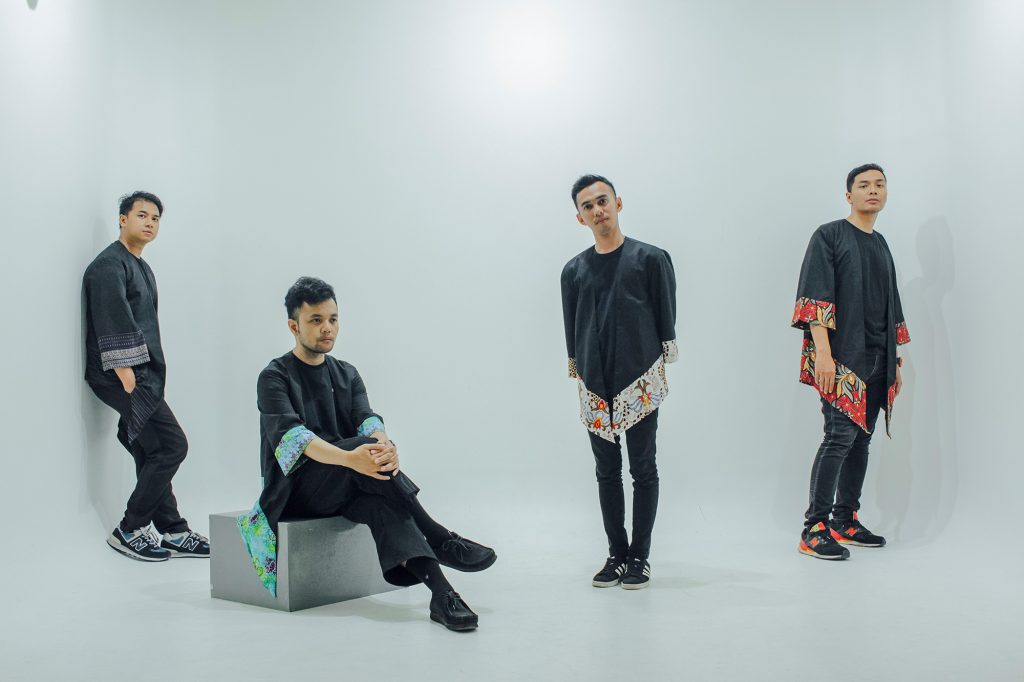Together with domestic revival and re-discovery from overseas, Japan’s 80’s city pop is still widely popular. Timeless and borderless, why does this music keep attracting so many people? Some parts of its reason can be seen better from the “outside”.
Ikkubaru is an Indonesian 4-member band debut in 2014, who plays urban and sophisticated pop music and professes the influence of Tatsuro Yamashita and Toshiki Kadomatsu. They have a deep connection with the Japanese music scene by providing and producing songs such as Monari Wakita and RYUTist. In addition, their 2nd album “Chords & Melodies” released in September became a hot topic among music lovers in Japan. In this article, we interviewed the frontman, Muhammad Ikkubaru asking how he came across Japanese city pop and the reason why it attracted him with his 6 masterpieces.
The reason we attracted to japanese city pop
——What kind of music did you listen to and play before you discovered Japanese city-pop?
Muhammad Iqbal (hereinafter Muhammad): As teenagers who live in Indonesia, we’re going through some music trends. Three of ikkubaru’s members had been friends for a long time.. We play Punk Rock music in Junior High School. As we grow older, our reference of music choice becomes wider. We listened to a variety of music such as Shoegaze like Slowdive, my bloody valentine. Alternative rock like The Stone Roses, RIDE. Jazz like Antonio Carlos Jobim, Casiopea and pop like Stereolab, Broadcast, High Llamas and Prefab Sprout.
——How and when did you discover Japanese city-pop?
Muhammad: We start to recognize Tats from one of our friends who brings us some of Yamashita’s tracks in mp3 format. It was quite some time ago, but Iqbal personally knew the melody of ‘mermaid’ before he knew about the name Tatsuro Yamashita. The term “Japanese City Pop” has come to our mind since then. Although the type or the characteristics of Japanese City Pop has been heard from earlier stages of our life from Japanese Dorama Soundtracks such as Tokyo Love Story.
——What is it about Japanese city-pop that attracted you to it?
Muhammad: The sounds, the chord progressions, melodies and harmony really gives us chills and we enjoyed listening to them for the first time. Iqbal was listening to Casiopea a lot so maybe Japanese City pop sounds already familiar in his ears. For us, Japanese City Pop is more than just a notation, it’s a small reflection of Japanese Culture that we have been personally attracted to since we were kids.
——ow did you delve into Japanese city pop?
Muhammad: It’s mainly by surfing on the internet. Also we got helped by one of our Japanese friends who happens to be a DJ. He gave us some mixtapes which gives us more insight and references of Japanese City Pop. Because Japanese City Pop was not quite known In Indonesia, it’s really hard (and expensive) to find its physical artifact, we didn’t have access to physical records until our first trip to Japan in 2015.
——When you started playing / presenting city-pop influenced music in Indonesia, what was the reaction of the musicians and fans around you?
Muhammad: There’s a tiny community or a niece market to Japanese City Pop in Indonesia, it is centered in older age audiences. On the other hand, the Independent music industry in Indonesia is mainly dominated by western music oriented youngsters. Popular Japanese Culture in Indonesia is more linked to Anime and J-Rocks, so we often get mistaken for general Japanese Influenced Band. Although we gained a little bit of recognition in 2015, when we held our first Japan Tour. Some Internet media started to blow up the terms of ‘Japanese City Pop’, and the community has been starting to grow. Even though the terms of Japanese City Pop didn’t become as popular as we expected, the terms of City Pop started to get more popular. Turns out City Pop has the same root as Indonesian 80’s music with Caseiro, Fariz RM, and Chandra Darusman as their predecessor.
——Your first album was the talk of the town among the Japanese music lovers. You’ve also collaborated / performed with many Japanese artists, and you’ve become part of the Japanese pop music scene. What do you feel about that?
Muhammad: It’s really unexpected and has been a blessing for us to be known for our music in Japan Music Lovers. Even just for a bit, it was such a privilege for us, though we don’t feel very satisfied with the quality of music that we produce in our first album. Being part of the Japanese music scene has always been our dreams, let alone as a foreign musicians. We hope someday we can move to Japan and produce music in Japan more seriously.
As for collaboration, we feel honored to be able to collaborate with such talented artists. Tofubeats was the first artist we’ve collaborated with. It was an extraordinary experience because not everyone could do collaboration with him. There’s more great artists that we already collaborate with, such as TWEEDEES (iqbal), Takashi Fujii, Nakakoh, Monari Wakita, and more. We would like to do collaboration with more Japanese Artists to get more connected to Japanese Music Scene and reach more audiences.
——Your new album, “Chords & Melodies”, contains not only typical city-pop, but also a variety of techno-pop and new-wave music etc. What kind of thoughts did you have in mind when creating it?
Muhammad: We want to deliver and reach more audiences by creating varied styles of sounds. We don’t want to be labeled as one dimensional band, because there’s more of us than our listener would have known. Even though Japanese City Pop might not be the borderline in our second album, we believe we have our characteristic that cannot be replaced, it’s the chords and the melodies itself, that’s why “Chords & Melodies” became the title to our second album.
Ikkubaru introduces 6 Japan’s 80’s City pop masterpieces
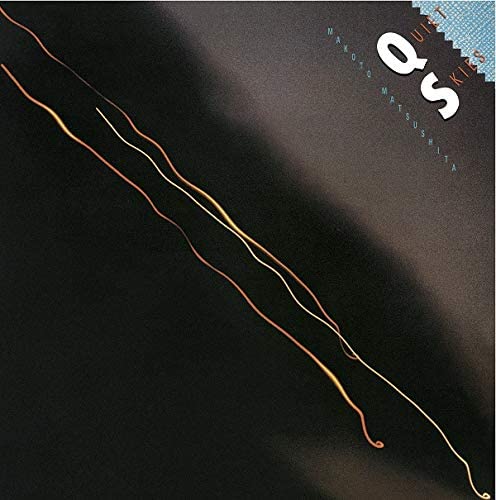
1 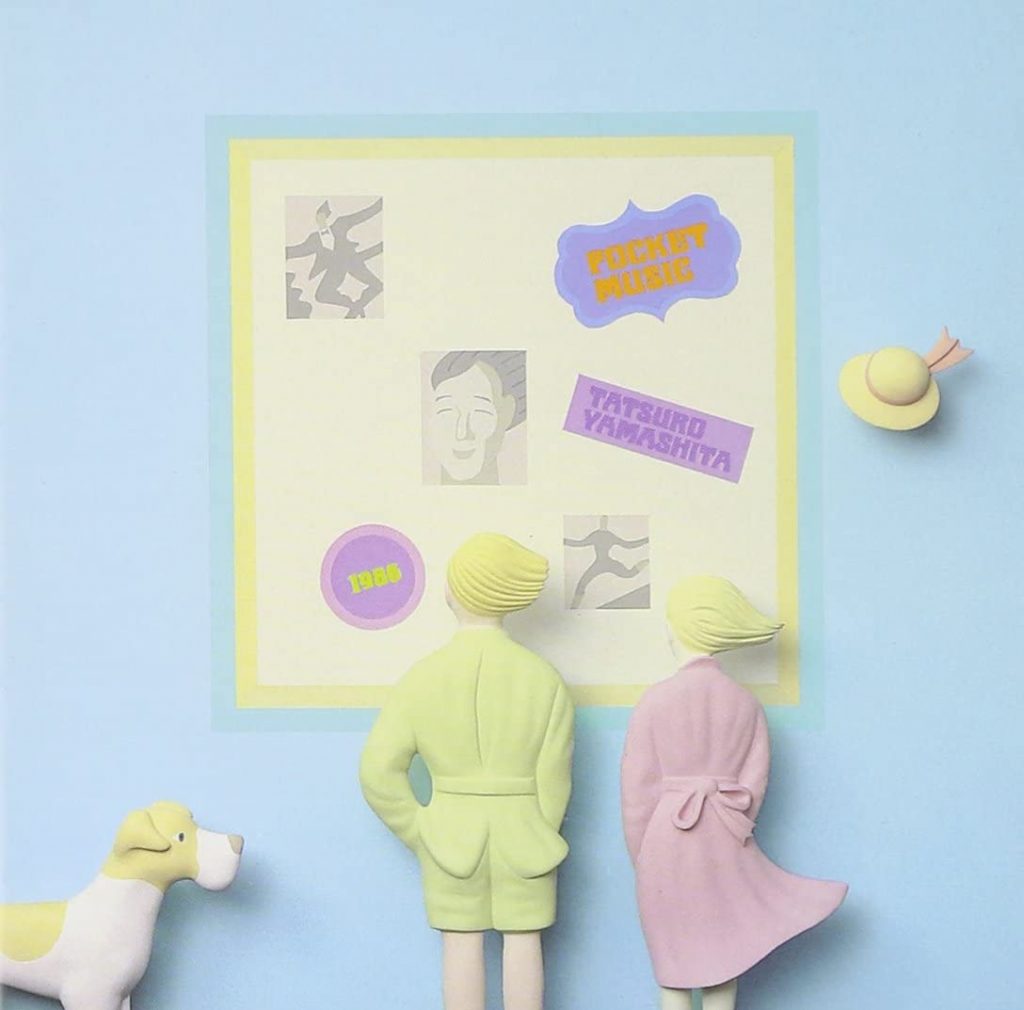
2 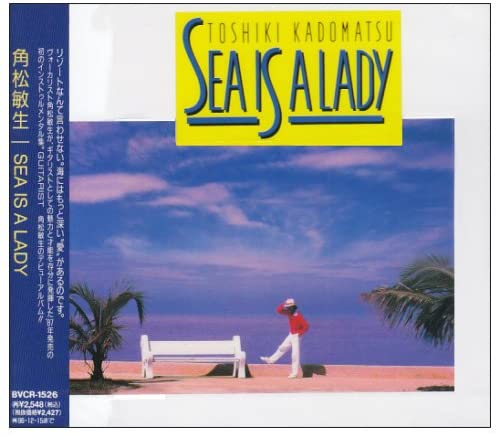
3 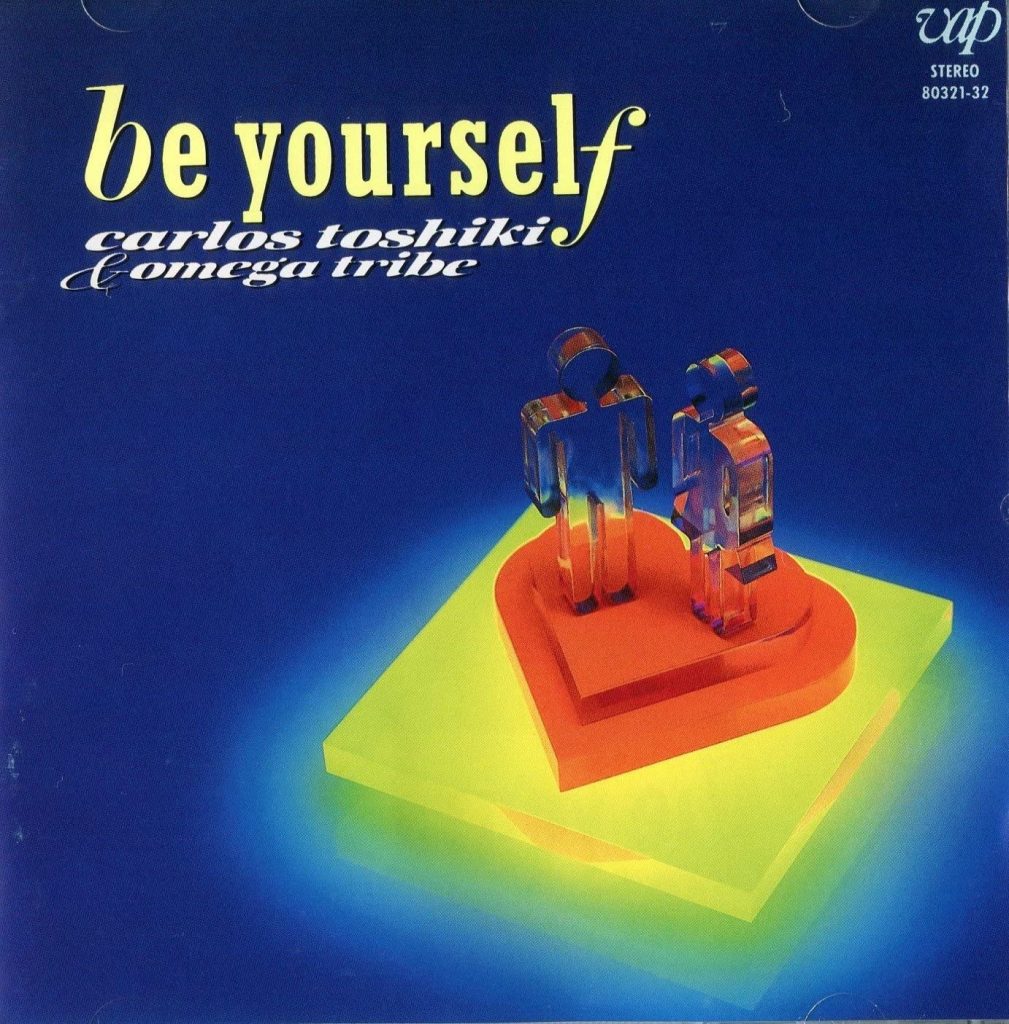
4 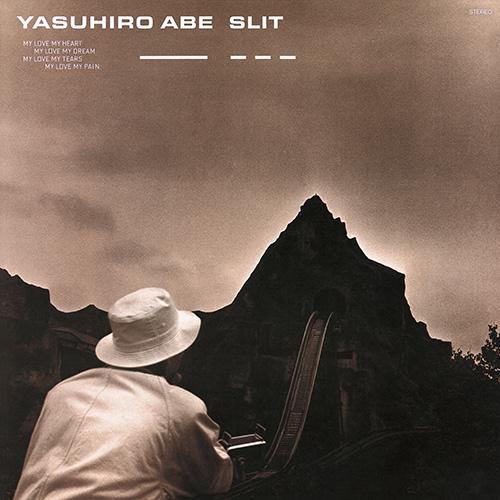
5 
6
1. Makoto Matsuhita – Quiet Skies (1983)
This is the most hypnotizing citypop album. I think this album reached another level than other citypop albums. I never imagined that progresive rock can meet with citypop style. “Sight of the Dawn” is the perfect opening song of the album, I can sing the synth and bass melody in my head because it’s so catchy and so gorgeous.
2. Tatsuro Yamashita – POCKET MUSIC (1986)
This album has the most nostalgic feeling. I can imagine the warm winds of a youth, young lovers at that time. And as always, I love the choir that Tatsuro-san made because it’s Beach Boys inspired and Tatsuro-san made it in his own style. It’s so unique.
3. Toshiki Kadomatsu – SEA IS A LADY (1987)
I feel that this album is very related to me, because it’s a summer themed album. Even ikkubaru always come to Japan in the summer every year on the last time (laughs). I always feel a warm breeze and imagine the sea and beach. All the reverb, synth sound and guitar riffs in this album is amazing!
4. Carlos Toshiki & Omega Tribe – be yourself (1989)
The first thing is I like Carlos Toshiki more than Sugiyama Kiyotaka. And of course “Aquamarine No Mama De Ite” is my favorite song and because it’s a soundtrack of my favorite drama “Dakishimetai!- I WANNA HOLD YOUR HAND” I love the sound, chords progressions and the melodies that they create. It’s so relaxing to hear them.
5. Yasuhiro Abe – SLIT (1984)
Among any others Japanese City Pop artists, Yasuhiro Abe is not so popular in Indonesia. I got a present the “Slit” vinyl from one of our fans, when we did the third Japan tour in August 2017. I was really into Abe’s voice. Very heartwarming. Favorite tracks; “Irene” and “Double Imagination”.
6. Eiichi Ohtaki – A LONG VACATION (1981)
First time I knew Eicichi Ohtaki is from his hits “Shiawase Na Ketsumatsu” theme song for Japanese dorama “Love Generation”, it was aired in Indonesian television back in 1997 / 1998. Of course I didn’t know who Eiichi Ohtaki was back then, I was only 10 years old around that time. A Long Vacation is such a greatest album of all time. The famous album cover was drawn by famous illustrator Hiroshi Nagai, who also did our first album “Amusement Park” (2015), and EP “Brighter” (2017). It was an honor working with him.
*
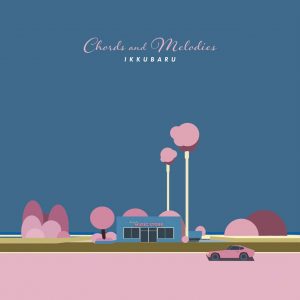
The long-awaited second album released after 5 years since Ikkubaru presented the first one “Amusement Park” which attracted many music lovers in Japan. In this album, they deliver more diverse sound approach based on sophisticated harmony with fresh and friendly melody. Also, their new album contains not only 80’s city pop but also the songs adopting trap-like rhythms, guitar rock, catchy electro pop with synths and rhythm machines, then new wave-style. Japanese edition has 5 bonus tracks including the song featuring Monari Wakita and the self-cover of “Mujyuryoku Fantasia ” provided to RYUTist. The album shows a new dimension of Ikkubaru who developed the influence of city pop by their own sense.
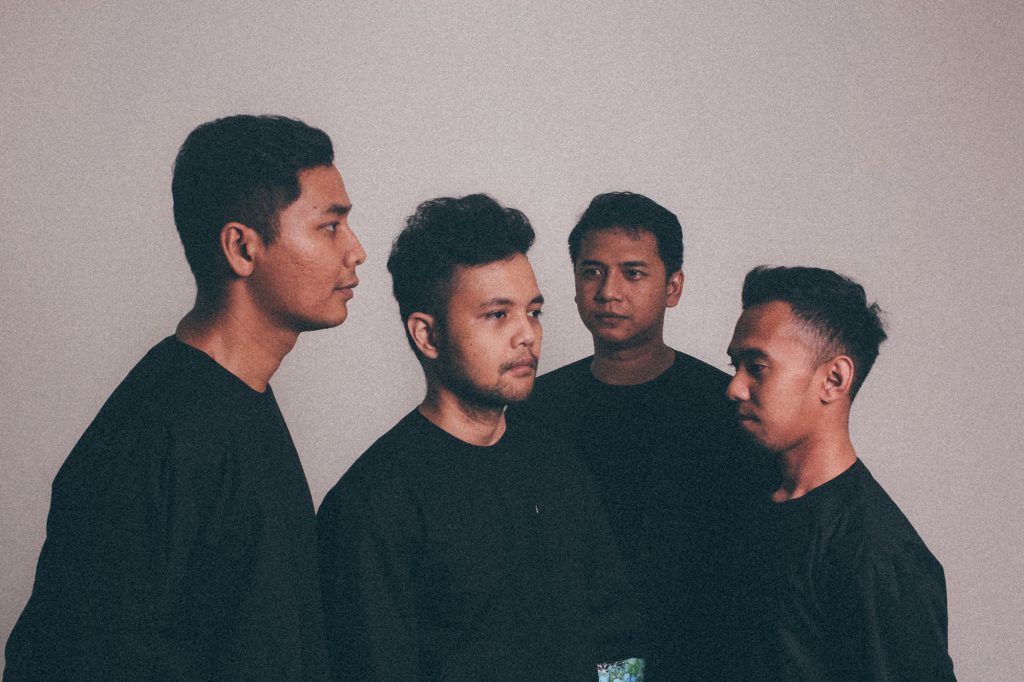
Ikkubaru
Formed in Bandung, Indonesia on December 24, 2011. Impressed by Japan’s 80’s city pop including Tatsuro Yamashita and Toshiki Kadomatsu, Ikkubaru started to express city pop with their own interpretation. They vigorously continue providing/remixing and collaborating with Japanese artists such as TWEEDEES, Monari Wakita, RYUTist, and THE DANCE FOR PHILOSOPHY.
Translation Anzu Oneda

